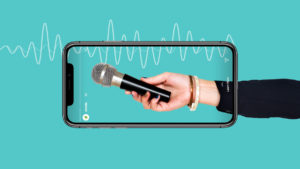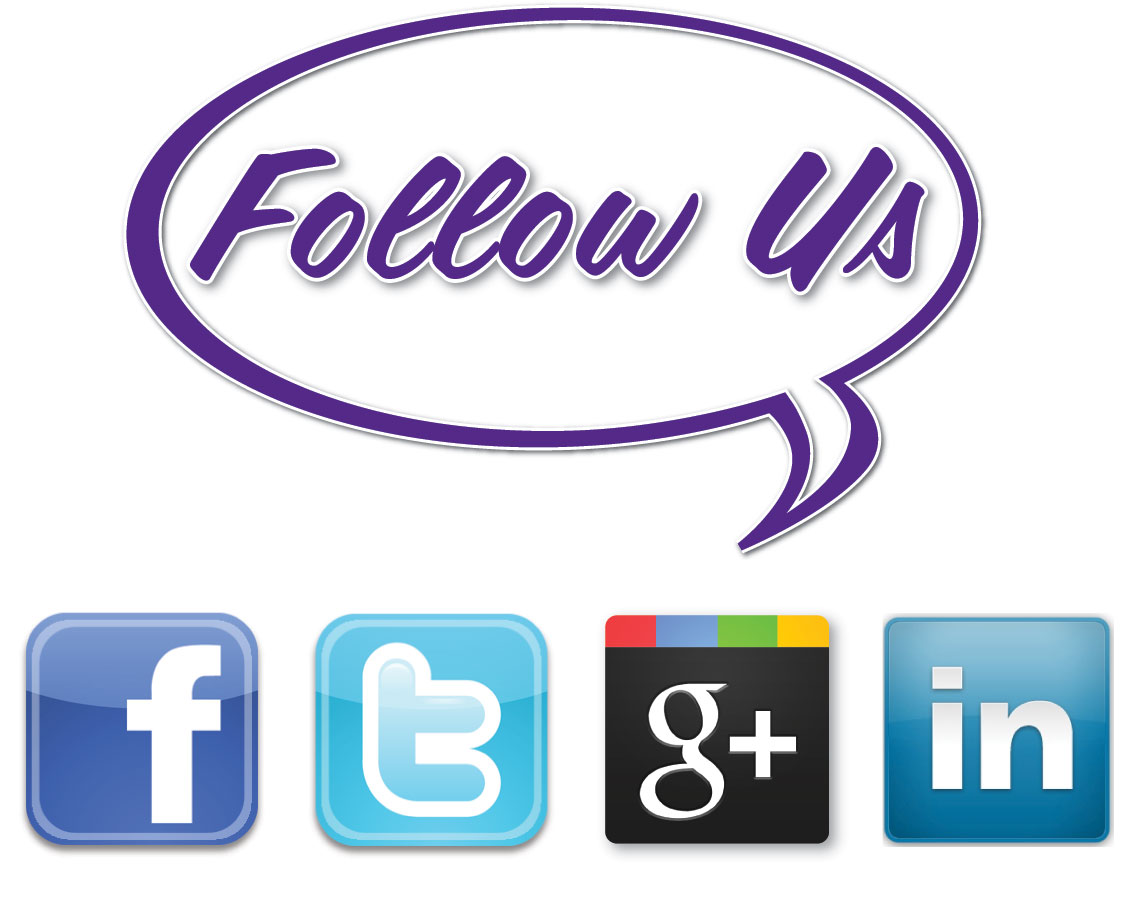What’s the Deal with Social Audio?
March 23, 2021

You’ve probably seen or heard news lately about the growing world of social audio – spaces such as Clubhouse or Twitter Spaces or Fireside. But what’s the deal with social audio? How does it work? Is it better than traditional social media? Most of all, should your business be taking advantage? Here’s what you need to know about the new frontier of social media.
What is Social Audio?
For years social media has consisted of text, images, emojis and video. Now audio is being added into the mix. Unlike podcasts which work as a one way street, social audio offers real-time audio that allows listeners to participate in the conversation going on. Since social audio is voice-only there’s also no need to worry about how you look or what’s in the background of wherever you are, making it less stressful for many.
In a recent article, Jeremiah Owyang called it “the “Goldilocks” medium….Text is not enough, and video is too much; social audio is just right. It represents the opportunity for social connection and empathy without the downsides of video. Why is this use case taking off? – humans, stuck at home during quarantine; readily available smartphones and apps; cloud-based technology and easy integration platforms like Agora; the desire for human connection beyond text; and fatigue from too many video conference calls.”
Not to mention, the intimacy of voice makes audio social that much more appealing in our current climate of social distancing and isolation. It makes sense that people would be drawn to it.
Businesses and Social Audio
How can your business take advantage of social audio? One of the easiest ways to start is with podcasting. It may be a one-way street where you talk to your audience, but take a look at some numbers below:
- 37% of people in the U.S. listened to a podcast in the past month
- 63% of people bought something a podcast host promoted on their show
- By 2022, it’s estimated that podcast listening will grow to 132 million people in the U.S. alone
If you aren’t taking advantage of podcasting, you’re missing out on opportunity! How can you get started?
- Choose a topic you’re an expert on, one you know you can deliver.
- Get a good microphone. Simply using the mic on your computer or phone won’t deliver the best sound quality.
- Get editing software such as Audacity and learn how to use it.
- Decide where your podcast will be uploaded. There are several options for this – from Spotify to iTunes and more. Plus, if you video your podcast you can also upload it to Youtube, Facebook, etc.
You can get more info on starting your podcast HERE.
How can you take advantage of social audio that works as a two-way street such as Clubhouse? You can start by exploring the audio rooms available. Visit different conversations to find the ones that are relevant to you and your business interests and participate. Seek to add value with your questions and comments. Next, host your own conversation. Invite others on the app that you may know who would be interested in speaking or being interviewed.
You can also experiment with:
- Branded clubs
- Promoted rooms
- Ads: banners, text, audio
- Sponsored audio influencers
As the future of social audio grows there are other uses to look forward to such as: 1) the addition of text-based features and emoticons; 2) the ability to record selected social audio conversations and publish them like a podcast; 3) conversations being embedded on your website; and more.
Social Audio Sites
While Clubhouse is likely the most known of social audio sites, there are plenty of others out there to experiment with. In fact, Jeremiah Owyang created this list of 34 sites.
- JoinClubhouse
- Twitter Spaces
- Facebook (reportedly)
- Fireside Chat (Mark Cuban)
- Sonar
- Chalk
- Discord
- Locker Room
- Space
- Roadtrip
- Capiche.fm
- Cappuccino
- Stereo
- Soapbox
- Quilt
- Yalla
- Anchor.FM
- GetRiff
- Seventh Ave
- Yac
- Dialup
- Saga
- Swell
- Lizhiinc
- High Fidelity
- Angle
- Tin Can
- Soundn
- MyWave
- TooDeep
- JoinVocal
- FishBowl
- Listen to Blast
- Eternal
The Downsides
Like all social media sites, there are downsides to social audio – the biggest of which is currently a lack of content moderation. Content moderation in audio is far more difficult than it is in text. Clubhouse, in particular, has been used to spread misinformation and racist and misogynistic content. Discord, another popular site, was used to help plan the recent insurrection in DC.
Privacy is another concern. Clubhouse records all conversations in case an investigation of a reported problem is needed. However, they don’t say how long they keep conversations or who is allowed to listen to them. Also on Clubhouse, you can’t delete information other people share about you. When one signs up for Clubhouse, they are required to upload their entire contact database in order to send invites to others. So, even if you haven’t been invited if someone you know who has your contact info has joined Clubhouse and invited others, Clubhouse has your contact info as well.
In Conclusion
It looks like the future is audio and you’ll want to jump on board at some point. Start with something easy like podcasting, then move up to two-way social audio. Just be aware of potential concerns and as always, use social media responsibly!
Comments
Got something to say?


